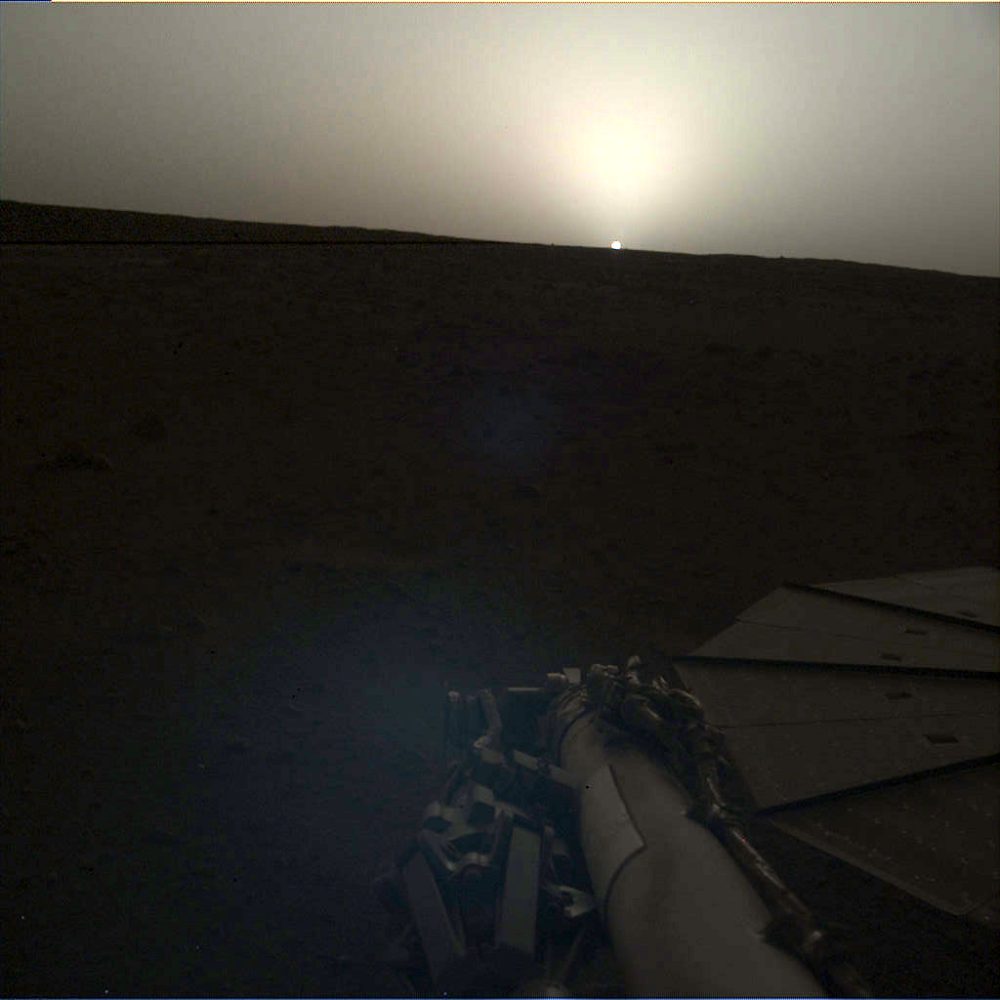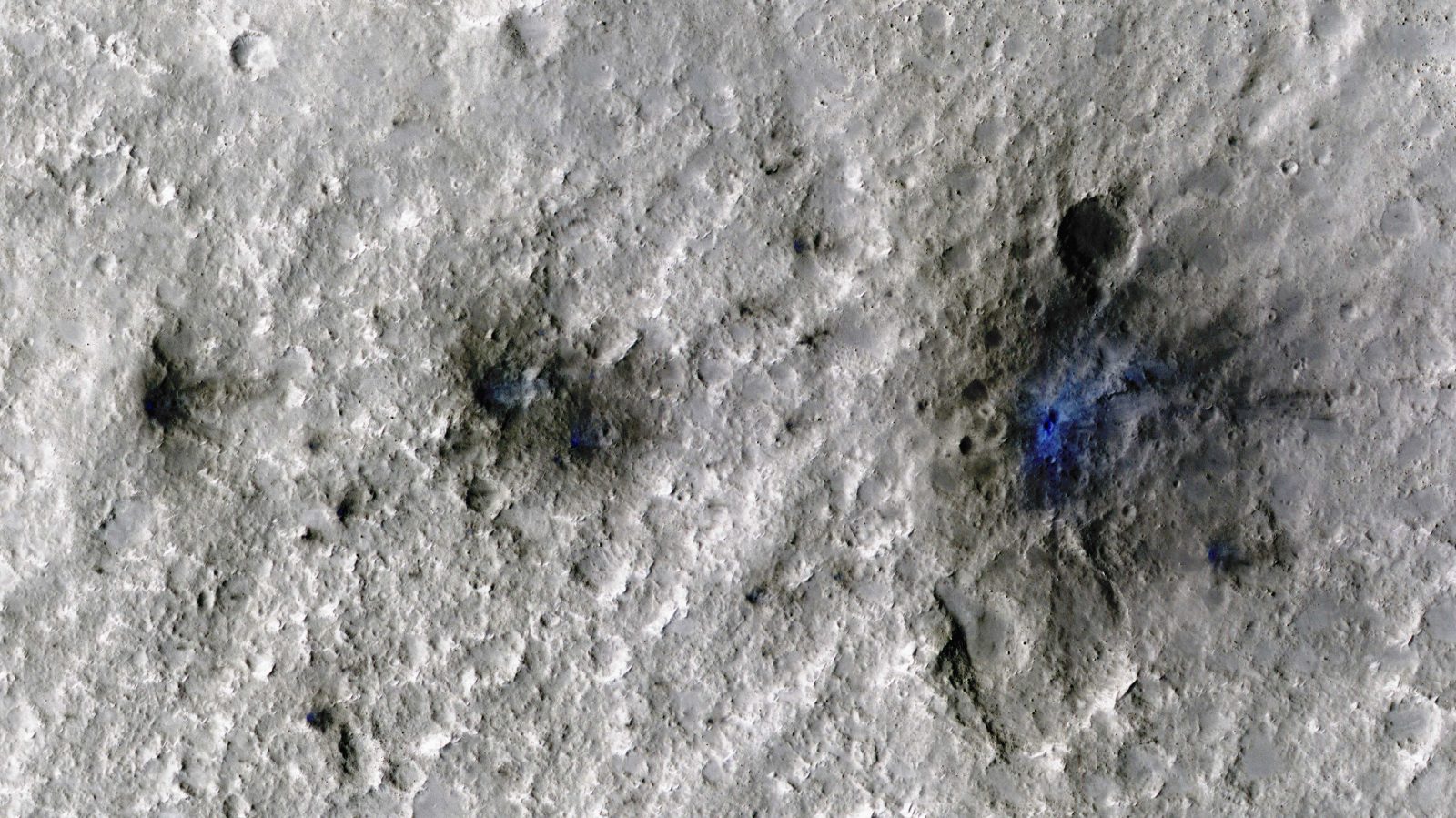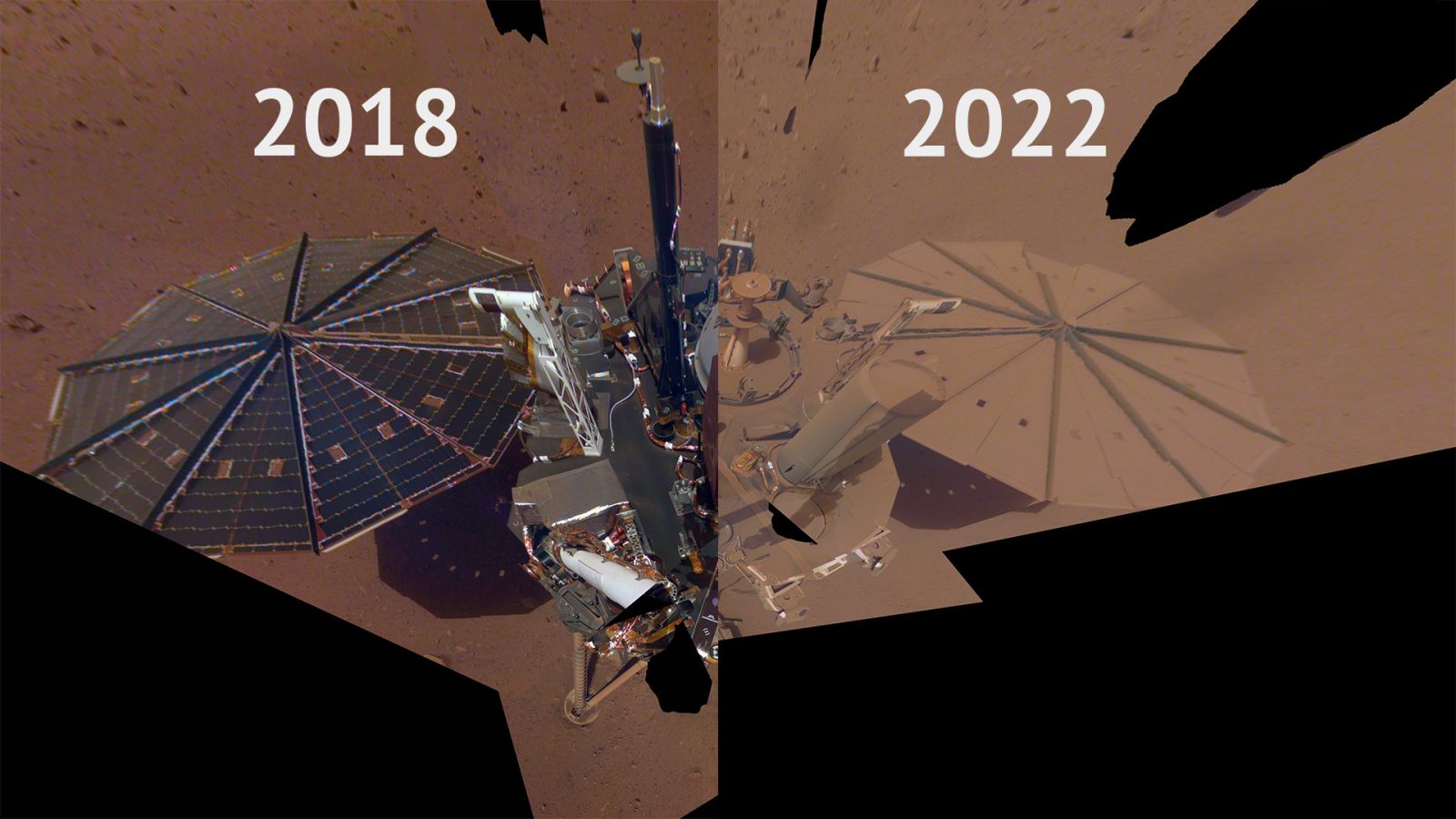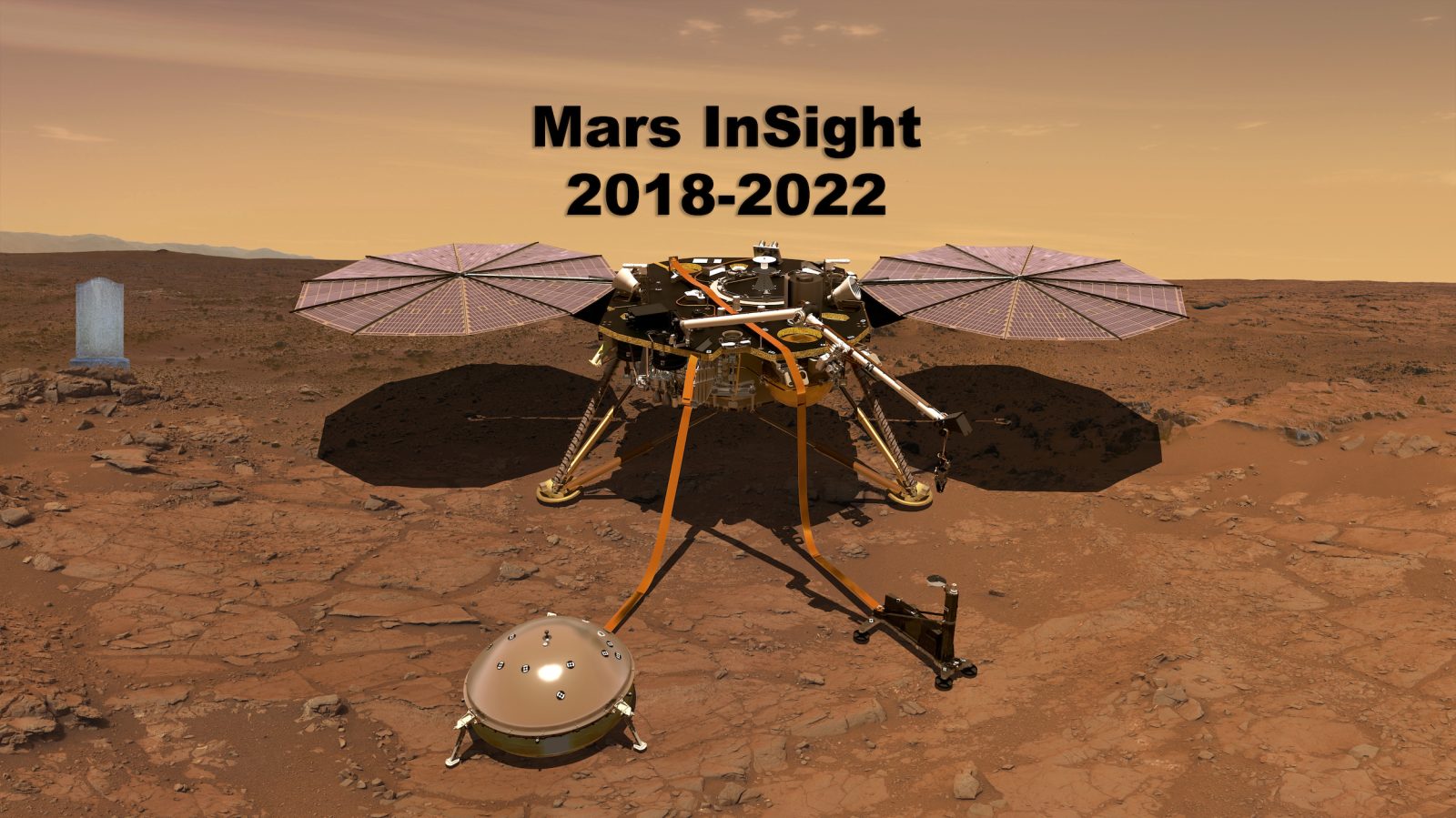NASA’s InSight falls silent, its mission complete

On December 21, NASA reported that the Mars lander InSight (Interior Exploration using Seismic Investigations, Geodesy and Heat Transport) missed replying to its second call from the Mars Reconnaissance Orbiter, likely as a result of the power waning. This led to NASA officially concluding its four-year mission on Mars. There are several elements that led to the lander’s loss of power, leading many to question how the vehicle could have been saved. Followers of the mission have common questions about how the vehicle could’ve been saved. They also ask about the fate of Mars’ other remaining operational vehicles.
Expand Expanding Close




